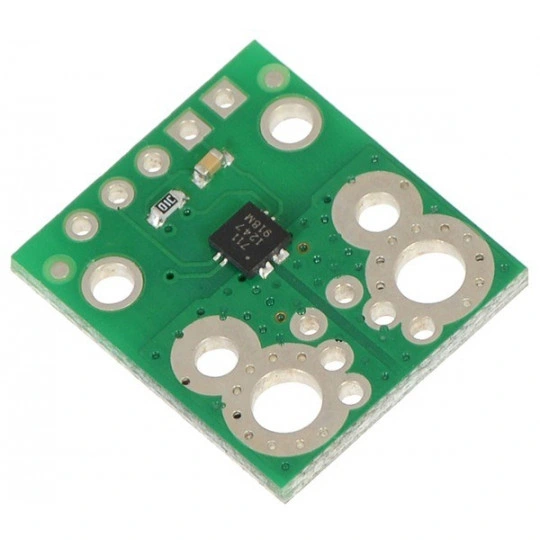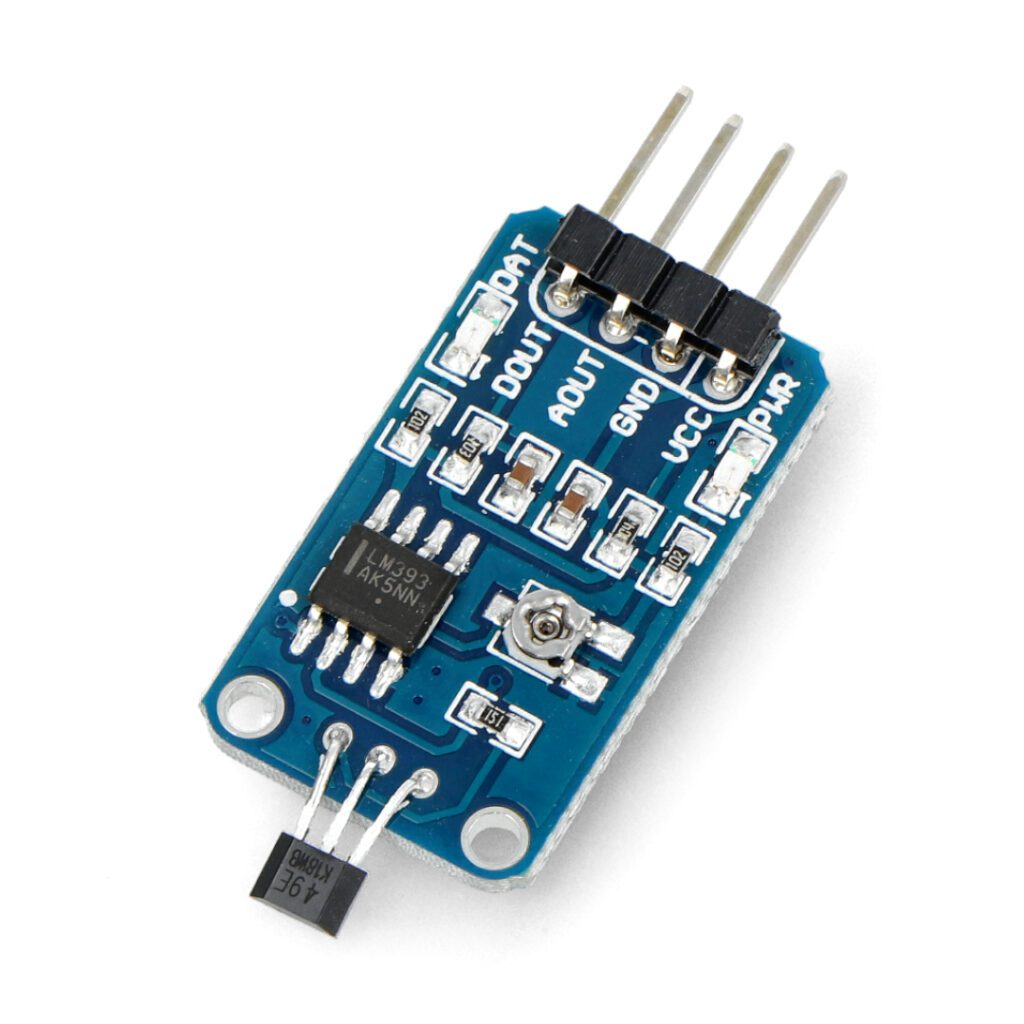Table of Contents:
Current sensors are key components in a wide range of electrical and electronic systems that ensure safe and efficient operation of equipment. Let’s review current sensors, including their types, variables to consider when choosing a current sensor, performance comparisons and applications.
Current sensor - what is it and how does it work?
Current sensor Detects and measures electric current flowing through a conductor. It converts the current into a measurable output signal for monitoring, control or protection. Types of current sensors and their advantages and disadvantages divide current sensors into functional and utility categories based on the basic physical concept underlying their design.
These current sensor concepts include Ohm’s law, Faraday’s law of induction, or the magnetic field. With this classification, many popular current sensors can be distinguished. Ohm’s law states that voltage appears in proportion to the current supplied to a resistive element. Still another type is optical non-contact current sensors – regardless of their type, they are used to detect abnormalities, power off, monitoring and control.
Current measurement based on shunt resistors
These are precision resistors with low resistance, which are connected in series with a current-carrying wire.
The voltage drop across the resistor is proportional to the current flowing through it, and this voltage can be measured to find out how much current is flowing through it.
Shunt resistors can measure both AC (alternating) and DC (direct) current. Since the shunt resistor is in the current-carrying path, it can cause significant power loss, which increases with the square of the current. This is worth keeping in mind, because for high-current applications this power loss can limit their usefulness.
Shunt resistors are widely used in a variety of applications requiring fast rising transient currents and large amplitudes.
However, due to their small size and low cost, these inexpensive SMD surface mount devices are preferred by highly integrated electronic gadgets.
Current measurement based on copper lines
It is also possible to use the internal resistance of a conductive element in the circuit instead of a specific shunt resistor.
However, since the copper line has a low resistance and thus a low voltage drop, a high-gain amplifier is required to obtain a useful signal.
The voltage generated can be amplified to use the entire measuring range of the transmitter before it is delivered to the digital controller for processing.
A major disadvantage of this type of current sensor is the inherent electrical connection that exists between the current being measured and the measuring circuit.
Electrical isolation can be achieved by using an isolation amplifier, although this usually increases the price of the sensor.
This can also reduce bandwidth and measurement accuracy.
Current measurement based on current transformers
Leave Ohma and we go to Faraday. A current transformer has a primary winding (usually single-loop), a core and a secondary winding. It is an effective sensor for measuring high AC current. As a result, a large main current can be converted into a smaller secondary current. It does not require any additional control circuits because it is passive.
Another important feature is that it can monitor very high current while consuming very little electricity. However, the ferrite material used in the core can become saturated by very high primary current or a significant DC component of the current, resulting in signal distortion. Since the basic idea is based on detecting a change in flux that is proportional to the change in current, they cannot detect DC currents in the standard form.
Because of their low cost and ability to generate an output signal that is immediately compatible with an analog-to-digital converter, current transformers are often used in power conversion applications. They also play a significant role in power distribution networks.
Hall sensors
It is difficult to detect currents that generate static magnetic fields with the help of Faraday’s law of induction.
On the other hand, magnetic field sensors can identify both static and moving magnetic fields.
They are a desirable alternative to current sensors.
The amplitude and relative angle of the current and magnetic field determine the resultant vector voltage, which is proportional to the Hall constant.
The magnetic field is generated by the detected current, which produces a magnetic field that provides a voltage that can be analyzed.
The electronics that provide the signal often require an amplifier stage, as well as temperature correction.
A differential amplifier with these characteristics can simply be combined with a Hall element using standard bipolar transistor technology.
Magnetoresistive (MR) sensors
A magnetoresistor, or magnetosensor, is a device whose resistance changes in response to an applied magnetic field.
The effect of the magnetic field on the material’s resistance is referred to as the MR effect. Changes in the detected current cause changes in the magnetic field, which are reflected in the voltage, which can then be analyzed. These resistors are often used in bridges to compensate for thermal drift.
Current sensors - selection and criteria
Check whether you need AC or DC current measurements , or both types. Some sensors, such as current transformers, are designed to measure AC current only, but others, such as Hall sensors and shunt resistors, can measure both AC and DC current. Consider measuring minimum and maximum current levels.
It is critical to ensure accurate readings throughout the range. The next issue is accuracy. The precision of various sensors is simply different. Precision shunt resistors or optical current sensors offer excellent precision, while Hall sensors, for example, may have poorer accuracy in certain cases. Also consider the smallest change in current that needs to be noticed.
Some sensors have higher sensitivity and can detect small fluctuations. Depending on the application, it may be necessary to measure current over the entire frequency range or at a few specific frequencies. Other considerations include environmental factors (e.g., temperature range), size and insulation used.
How useful was this post?
Click on a star to rate it!
Average rating 0 / 5. Vote count: 0
No votes so far! Be the first to rate this post.





















